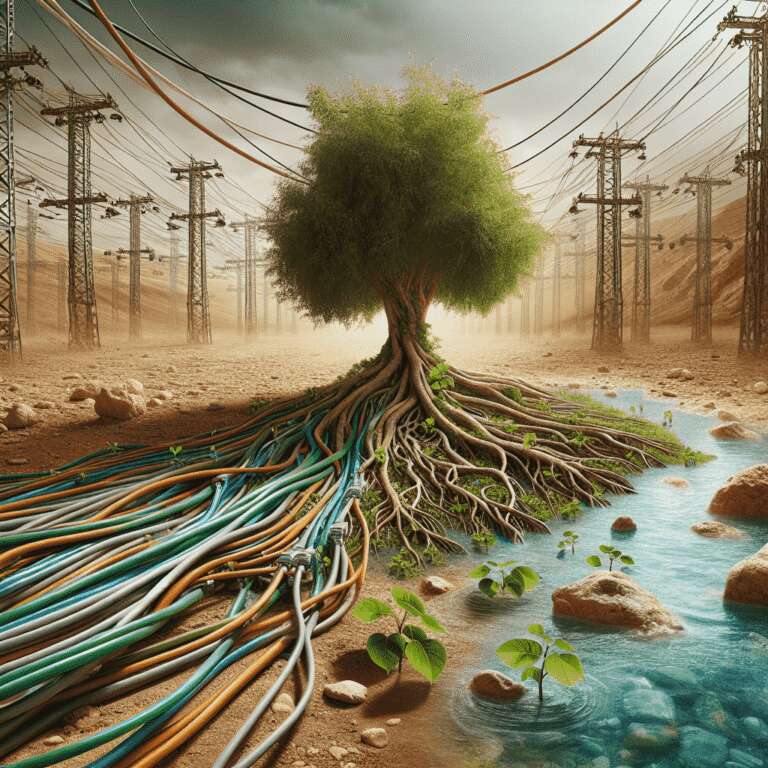OpenAI´s launch of ChatGPT 3.5 catalyzed an Artificial Intelligence arms race, reshaping not only technology sectors but also broader conversations on the power and ethical implications of advanced Artificial Intelligence. Two recent books, Karen Hao´s ´Empire of AI: Dreams and Nightmares in Sam Altman´s OpenAI´ and Keach Hagey´s ´The Optimist: Sam Altman, OpenAI, and the Race to Invent the Future´, provide deep insights into OpenAI´s meteoric rise and the personality behind the company, Sam Altman. Both books critically examine Altman´s complex role as a visionary and manipulator, and together, they paint a nuanced portrait of how OpenAI´s bold ambitions reverberate across the global stage. These works scrutinize not just the company´s innovations but also the social and moral reckonings that have emerged in response to the rapid proliferation of Artificial Intelligence.
Technological innovation is not restricted to the digital realm. California-based startup Magrathea has developed a new electrolyzer capable of producing magnesium metal directly from seawater with net-zero greenhouse gas emissions. This approach comes at a pivotal time when China dominates conventional magnesium production, a process that typically results in significant climate-harming emissions. If Magrathea can successfully scale this technology, it could disrupt the supply chain, offering a more sustainable option to industries such as automotive manufacturing and defense, and lessening the sector´s carbon footprint. This promises a promising path forward for US-based, climate-friendly metal production.
Further extending the frontiers of sustainable technology, a new sodium metal-based fuel cell design has surfaced as a potential game-changer in sectors resistant to decarbonization, like rail, regional aviation, and short-haul shipping. Distinct from lithium-ion batteries and conceptually related to hydrogen fuel cells, the sodium-air fuel cell offers higher energy density while circumventing challenges associated with hydrogen, such as the need for extremely low temperatures or high pressures. Innovations like these signal a shift in how energy can be stored and utilized efficiently for transport while balancing scale and practicality.
Alongside these main stories, the technology landscape is evolving rapidly: from potential vetting of foreign students´ social media profiles by the US State Department and SpaceX’s recurring rocket test failures, to emerging layoffs prompted by Artificial Intelligence and widespread impacts from international conflict and climate policy. These interconnected developments highlight an era where advances in Artificial Intelligence are matched by similarly critical shifts in material science and global energy solutions, with both promising unprecedented opportunities and formidable challenges.

